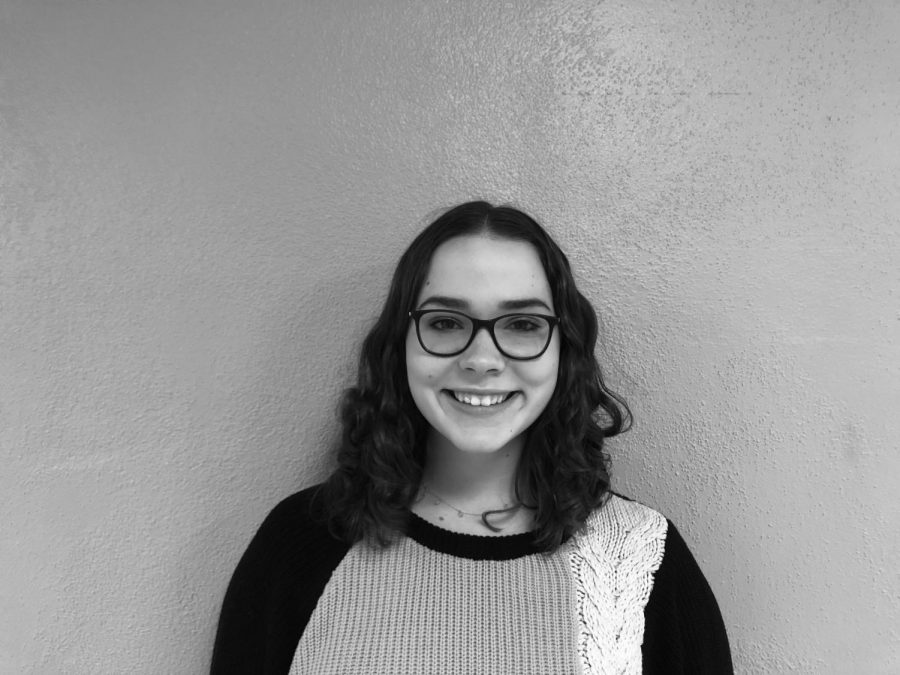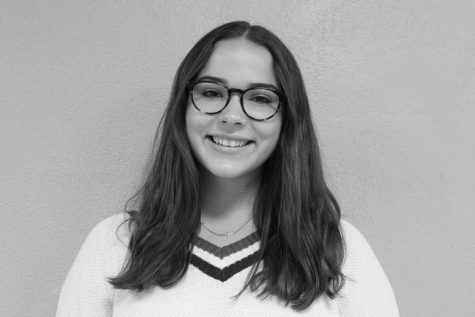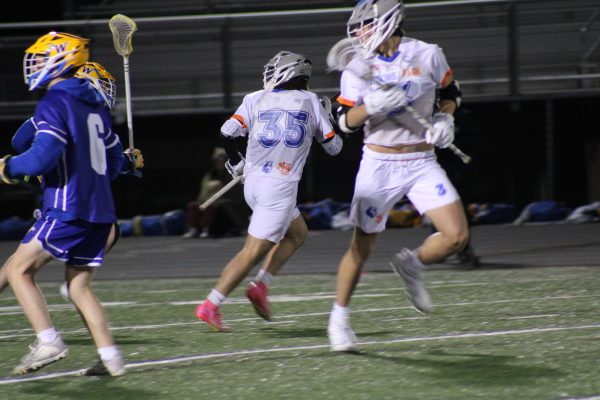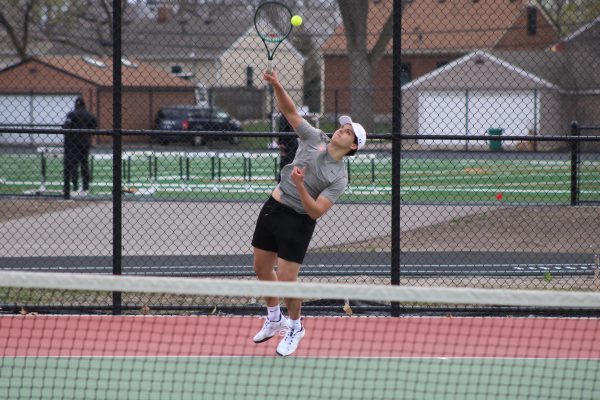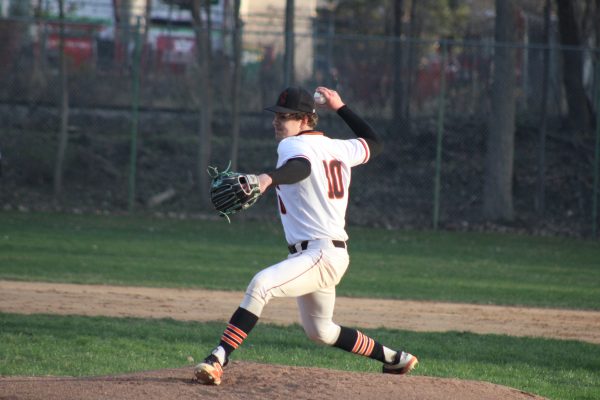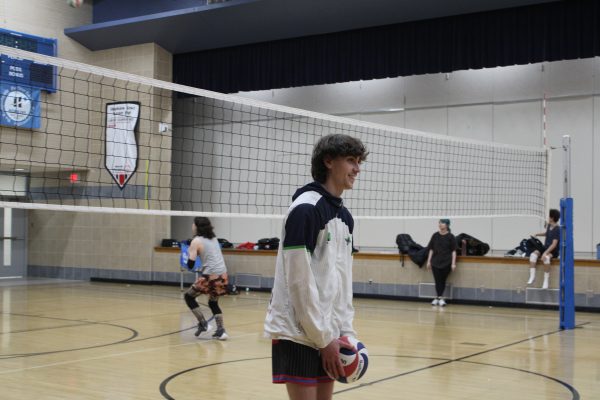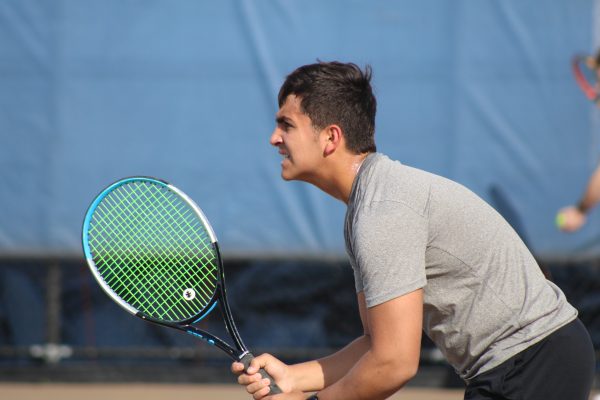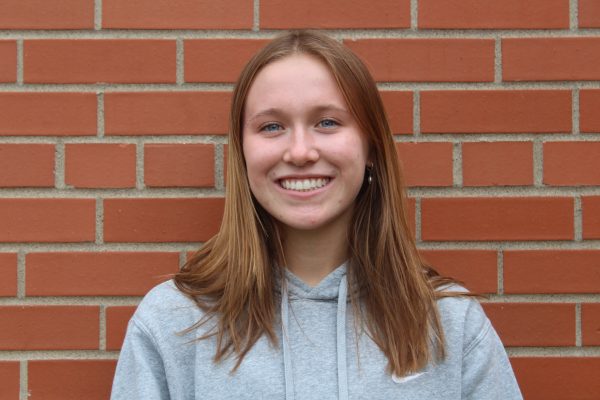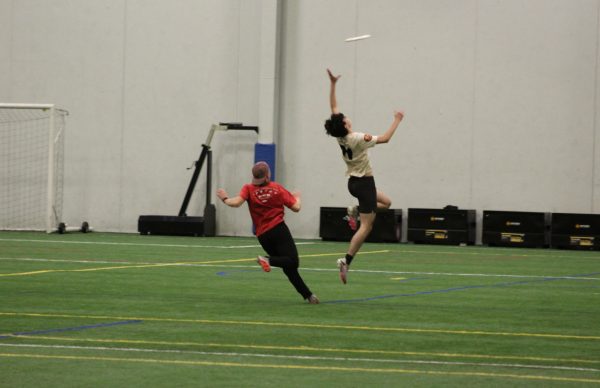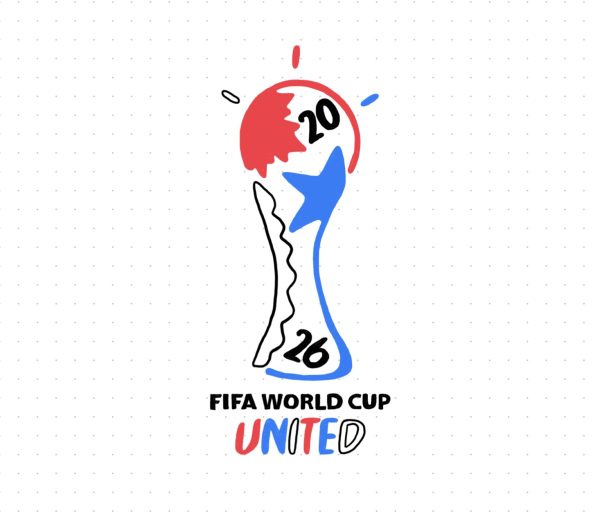Sharing culture through dance
January 17, 2019
Irish dance is a staple of Irish culture and heritage — it was around way before the Riverdance tour took the world by storm. It originated as religious dancing rituals of the Celts and developed into a more disciplined sport that combined with traditional Irish music into what we see today as modern Irish dance.
Irish dancing began in America as a way for Irish immigrants to celebrate their shared culture with their community. Soon, however, the dancing evolved into a sport centered around competition and technique.
Irish dancers spend hours practicing technique. Instead of practicing catching a ball, we work on our pointed toes, crossed over and turned out feet and toe height. We learn difficult tricks and routines, but have the strength to make it look effortless. Most dancers perform their routines in competitions called “feiseanna,” some are even good enough even make it to the World Championships.
I dance at a Corda Mór. For the majority of the year we practice hard and compete in local and out-of-town competitions to try to earn a spot in each year’s regional competitions.
Despite being centered around individual skills and competition, Irish dance goes back to its roots as a cultural celebration during the St. Patrick’s Day season.
Many Irish dance schools, like Corda Mór, go on a St. Patrick’s Day tour to perform shows at various malls, schools, nursing homes, etc. to share our passion for the sport and the heritage behind our performances. Similar to when Irish immigrants first began to flood into the United States, St. Patrick’s Day is a time for Irish dancers to celebrate their culture with their community.
Although I enjoy competing, every year when we begin practicing for our St. Patrick’s Day shows, I look forward to spending time with my Irish dance family and sharing a little piece of my life and heritage with my community through our shows.



